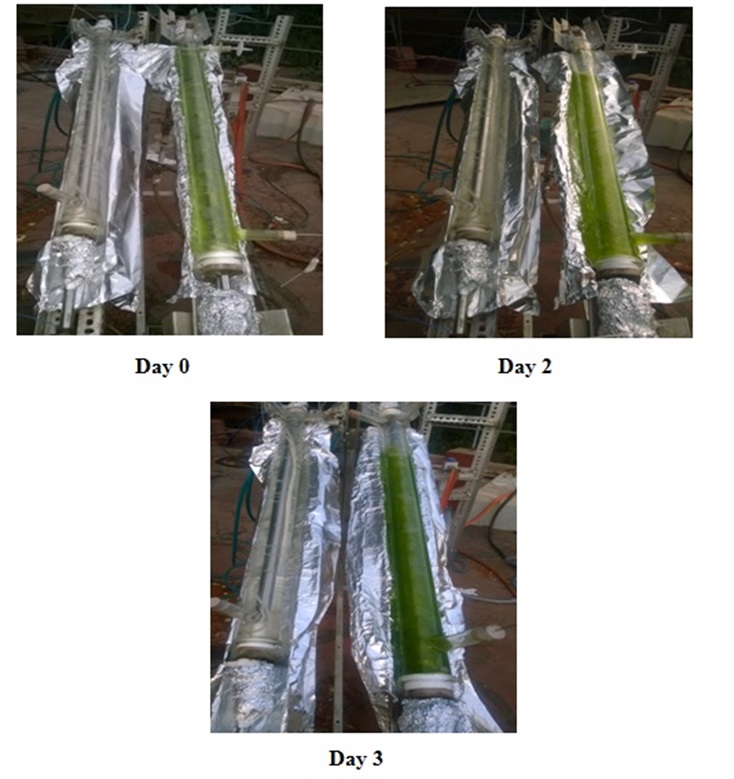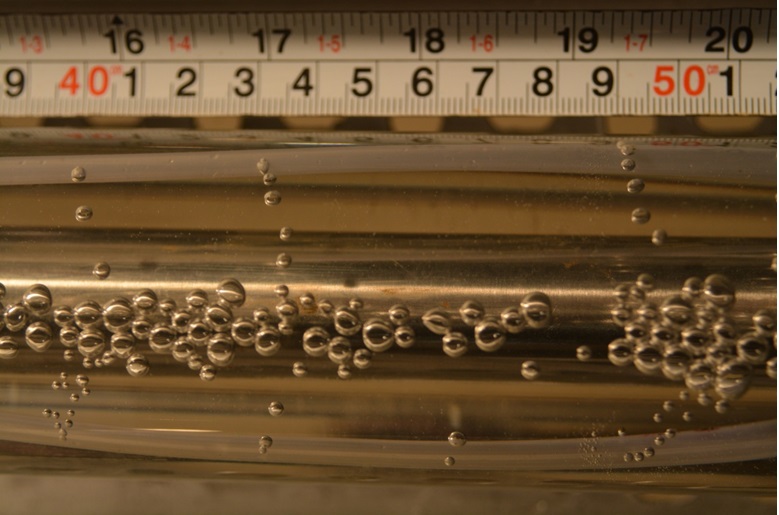The traditional methods for cultivating microorganisms often face limitations in terms of light distribution, temperature control, and scalability. This novel technology ‘the annular photobioreactor’ addresses these challenges. This innovative reactor boasts a unique design, offering a versatile solution for cultivating a wide range of microorganisms in both indoor and outdoor environments.
Existing photobioreactors play a valuable role in cultivating microorganisms but they often face limitations. Some reactor designs can be quite complex, involving intricate features that are difficult and expensive to manufacture and operate. This complexity can hinder widespread adoption of the technology. Another challenge is uneven mixing within the reactors, which leads to uneven growth of the microorganisms, ultimately reducing the overall yield. Additionally, scaling up production for larger applications can be difficult with some existing designs. Finally, some reactors rely solely on sunlight as a light source which is problematic as sunlight availability may vary depending on location and weather conditions.
- Annular Design of reactor features a transparent outer cylinder and an inner metallic cylinder with an annular space in between for microorganism growth. This design maximizes light exposure and facilitates efficient cooling.
- Built-in Cooling System maintains optimal temperature for microorganism growth, particularly in outdoor environments.
- Enhanced mixing using air bubbles ensures proper nutrient and light distribution throughout the culture.
- Simple operation, easy cleaning process and modular design allows for easy scaling of production capacity.
The prototype consists of parallel-stacked tubes on a frame with integrated air supply and cooling water circulation. A reflective plate ensures uniform illumination, and the system can be mounted on a solar tracker.
The technology has been lab-tested and validated. It is yet to be commercialized on an industrial scale.
4
- By efficiently cultivating algae or bacteria, this technology could contribute to the development of sustainable biofuels, providing a cleaner alternative to fossil fuels.
- The ability to efficiently grow microorganisms for cleaning up pollutants in water or soil makes this invention valuable for bioremediation efforts, leading to a cleaner environment.
- Biotechnology: For the production of biofuels, pharmaceuticals, and other bio-based products
- Agriculture: Cultivating algae and other microorganisms for use, such as high-protein diets, biofertilizers and animal feed supplements
- Environmental Management: Wastewater treatment and carbon capture using microorganisms
- Research: Research on microorganism growth and behavior
- Development of new strains: Development of microorganisms with desired properties
Geography of IP
Type of IP
201621019586
482718


